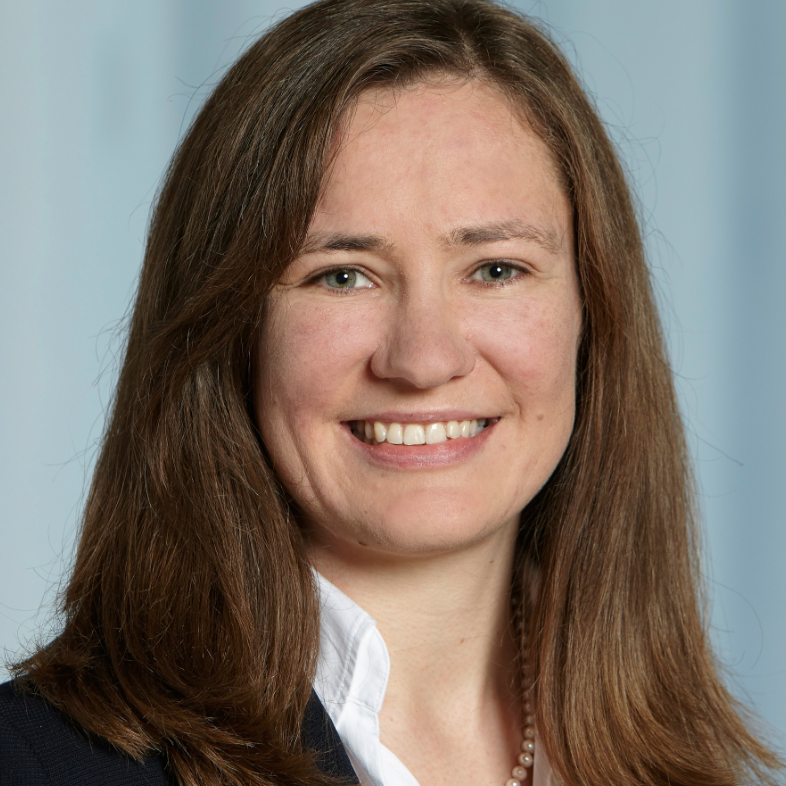Deep learning algorithms need large amounts of representative data to learn relevant patterns. Although increasing amounts of condition monitoring data have been recently collected for complex systems, these data lack labels (in form of faults) and often also representativeness due to the high variability in operating conditions. Integrating physics and structural inductive bias helps to overcome some of the limitations of deep learning algorithms. It reduces the amount of required training data, adds interpretability in the algorithms and makes some of the problems solvable that were not solvable before. Furthermore, it helps to build trust in the algorithms by making the outputs interpretable.
The talk will give some insights into operational digital twins developed by integrating deep learning algorithms with structural inductive bias and physics.

